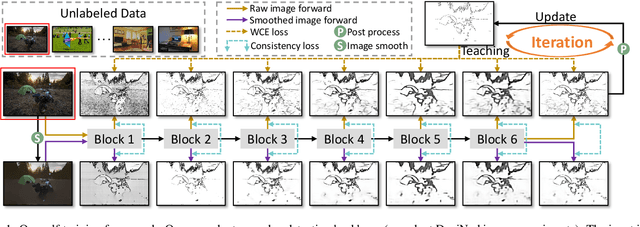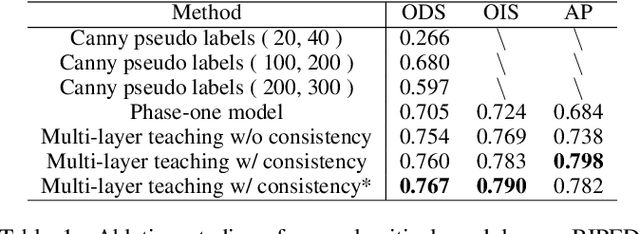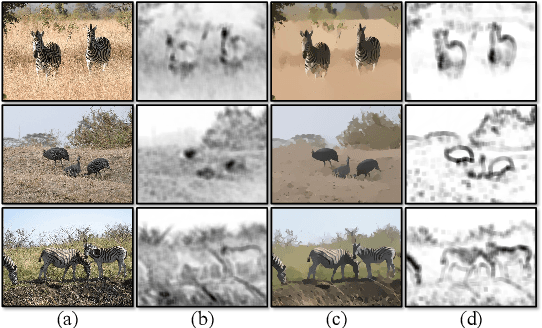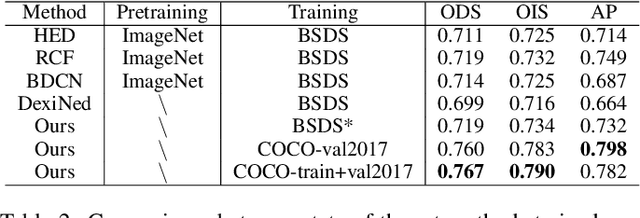STEdge: Self-training Edge Detection with Multi-layer Teaching and Regularization
Paper and Code
Jan 13, 2022



Learning-based edge detection has hereunto been strongly supervised with pixel-wise annotations which are tedious to obtain manually. We study the problem of self-training edge detection, leveraging the untapped wealth of large-scale unlabeled image datasets. We design a self-supervised framework with multi-layer regularization and self-teaching. In particular, we impose a consistency regularization which enforces the outputs from each of the multiple layers to be consistent for the input image and its perturbed counterpart. We adopt L0-smoothing as the 'perturbation' to encourage edge prediction lying on salient boundaries following the cluster assumption in self-supervised learning. Meanwhile, the network is trained with multi-layer supervision by pseudo labels which are initialized with Canny edges and then iteratively refined by the network as the training proceeds. The regularization and self-teaching together attain a good balance of precision and recall, leading to a significant performance boost over supervised methods, with lightweight refinement on the target dataset. Furthermore, our method demonstrates strong cross-dataset generality. For example, it attains 4.8% improvement for ODS and 5.8% for OIS when tested on the unseen BIPED dataset, compared to the state-of-the-art methods.
 Add to Chrome
Add to Chrome Add to Firefox
Add to Firefox Add to Edge
Add to Edge